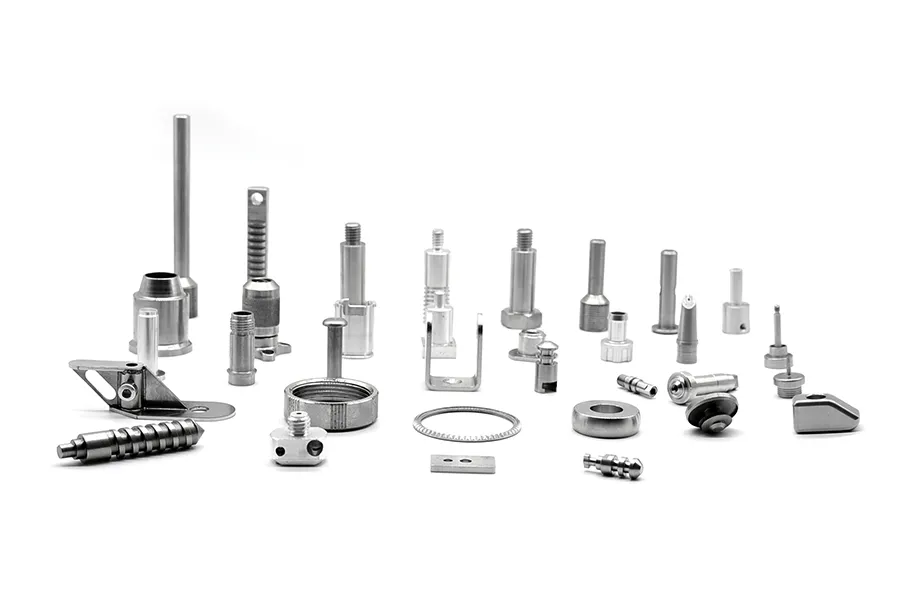When machining steel parts with machine tools, some machining methods are often used. For example, changing the properties of steel and making it easier to machine, and treating the steel after machining to increase the strength or hardness of the finished product. Three common steel processing techniques are as follows.
1. Heat treatment
Heat treatment refers to several different processes that involve manipulating the temperature of steel to change its material properties.
Annealing, which reduces hardness and increases ductility, makes the steel easier to machine. In the annealing process, the steel is slowly heated to the desired temperature for a period of time. The time and temperature required depends on the specific alloy and decreases with increasing carbon content. Finally, the steel is slowly cooled in the furnace.
Normalizing reduces the internal stress of the steel while maintaining higher strength and hardness than annealed steel. In the normalizing process, steel is heated to a high temperature and then cooled at a suitable temperature to increase the hardness of the steel.
Quenching, which hardens the steel, increases its strength, but makes it more brittle. In the quenching process, the steel is heated slowly, and after a period of time, the steel is immersed in a liquid such as water, oil or brine solution to rapidly cool.
Tempering reduces the hardness of the steel and increases the toughness. Tempering is similar to normalizing, in that the steel is first heated to a set temperature, maintained for a period of time, and then cooled naturally. The difference is that the tempering temperature is lower.
2. Precipitation hardening
Precipitation hardening increases the yield strength of steel. To activate precipitation hardenability, the steel is first solution treated and then age hardened. The age-hardening process increases the strength of the material—heating the material for a long time creates a precipitate that forms solid particles of various sizes.
17–4 PH (aka 630 steel) is a common example of a stainless steel precipitation hardening grade. This alloy contains 17% chromium, 4% nickel and 4% copper. Due to its increased hardness, strength and high corrosion resistance, 17–4 pH is used in heli platforms, turbine blades and nuclear waste barrels.
3. Cold working
Modification can also change the properties of the steel without adding too much heat. For example, cold-worked steel becomes stronger through the process of work hardening. Work hardening occurs when a metal undergoes plastic deformation. This allows you to intentionally hammer, roll or pull on the metal. Workpiece hardening can also occur intentionally during machining when the cutting tool or workpiece is exposed to high temperatures. Cold working also improves the machinability of the steel. Cold working also improves the machinability of the steel.
Steel structure design problems when machining steel parts
When designing steel parts, it is important to keep the unique properties of the material in mind. Features suitable for your application may require some additional Design for Manufacturing (DFM) considerations.
Machined steel will last longer than other softer materials such as aluminum or brass due to the hardness of the material, and you can protect your parts and tools by reducing spindle speeds and feed rates.
Machinability and differences in hardness and strength must be considered when deciding which steel to use. For example, stainless steel takes about twice as long to process as carbon steel. When deciding between different grades, it is necessary to consider which properties are most important and which steel alloys are readily available. Common grades such as 304 or stainless 316 are available in a wider range of stock sizes and require less time to find and source.
More tags
cnc machining steel parts
cctv cnc machining
oem cnc machining
cnc machining kits
cnc machining 4060
cnc design machining
rapid cnc machining
cnc turnining machining
cnc machining plastic
peek cnc machining
cnc machining serivces

